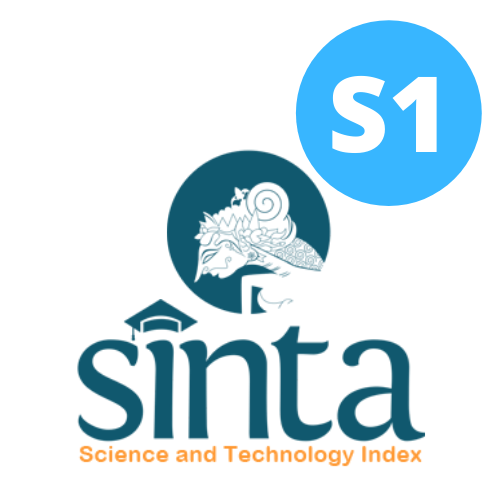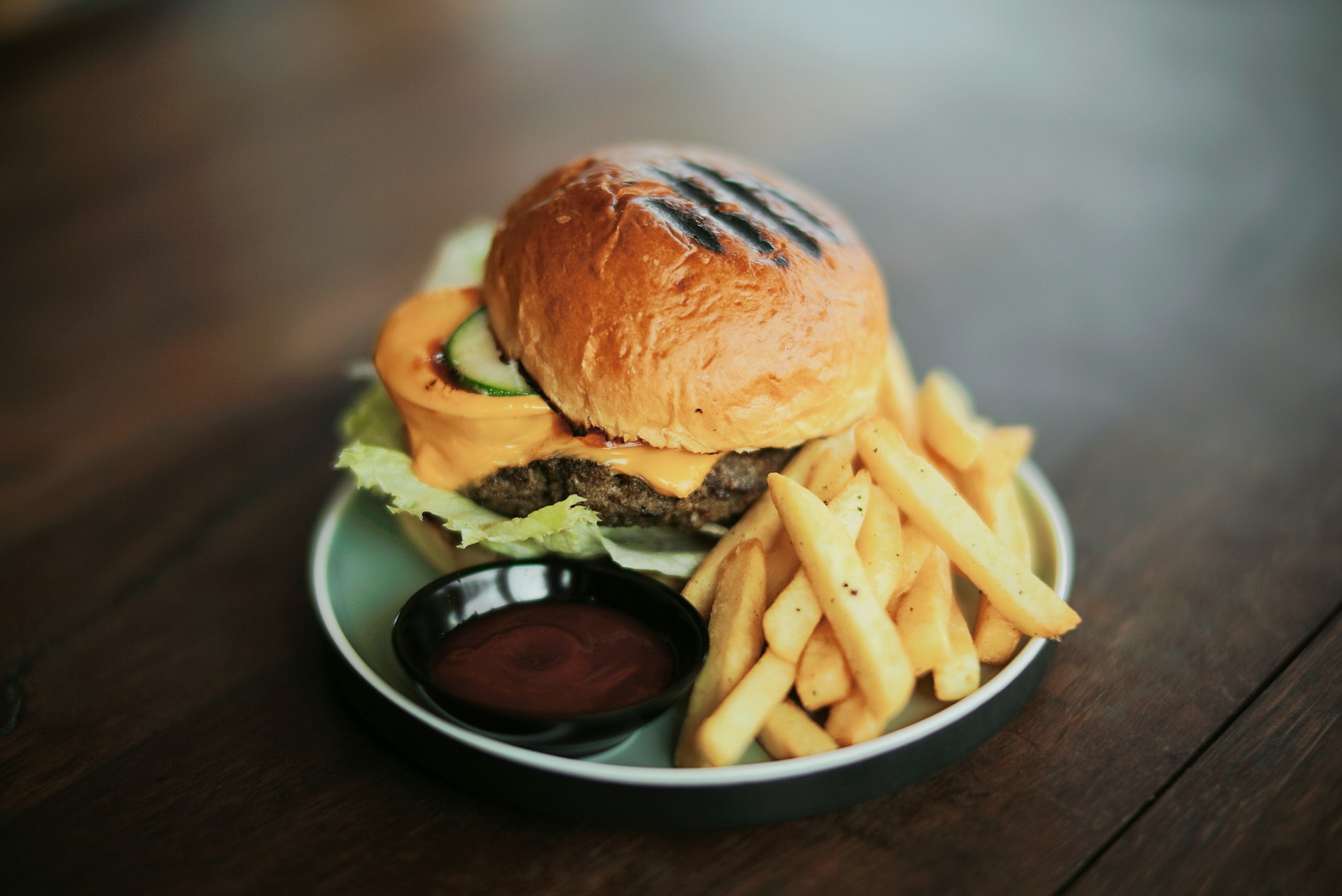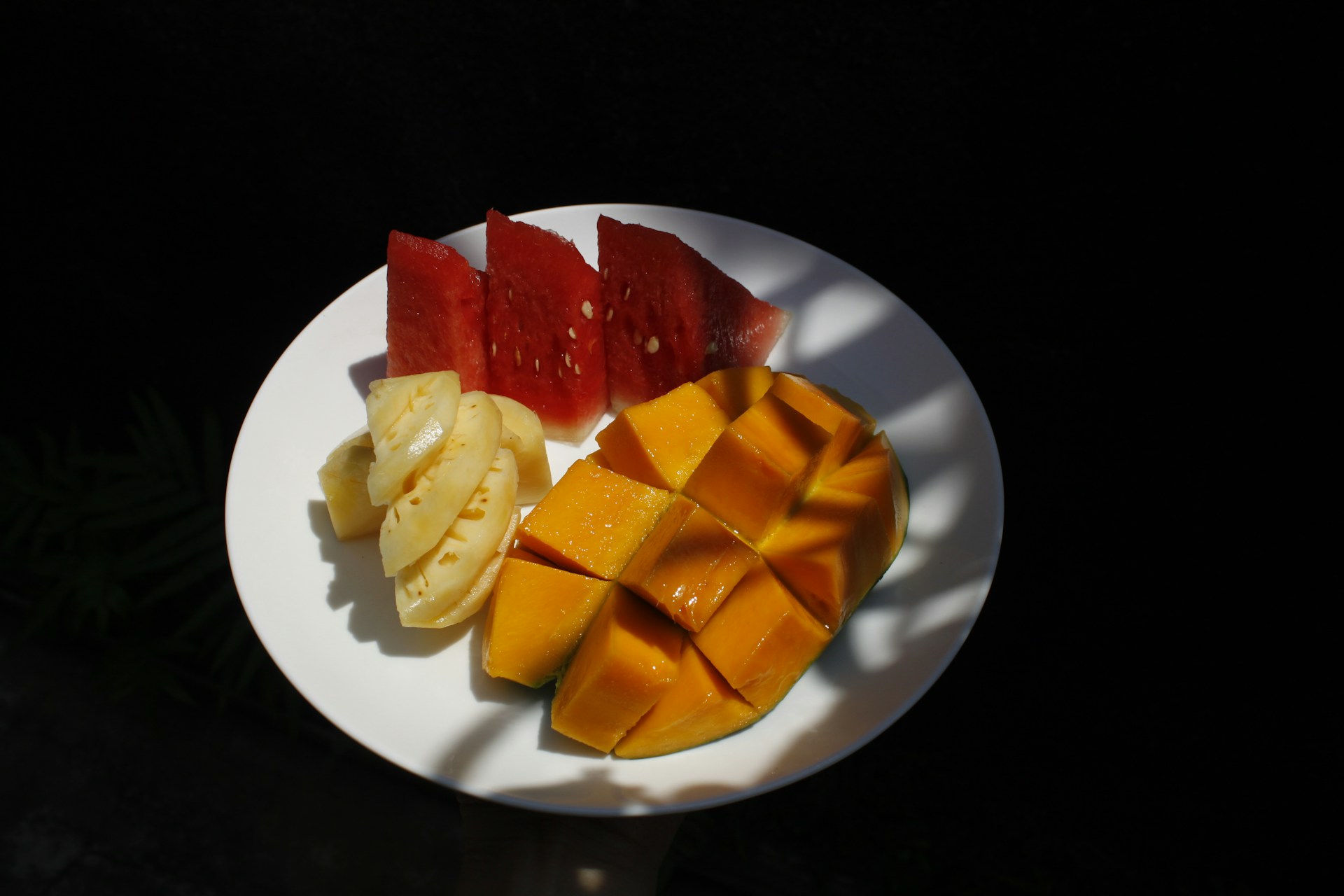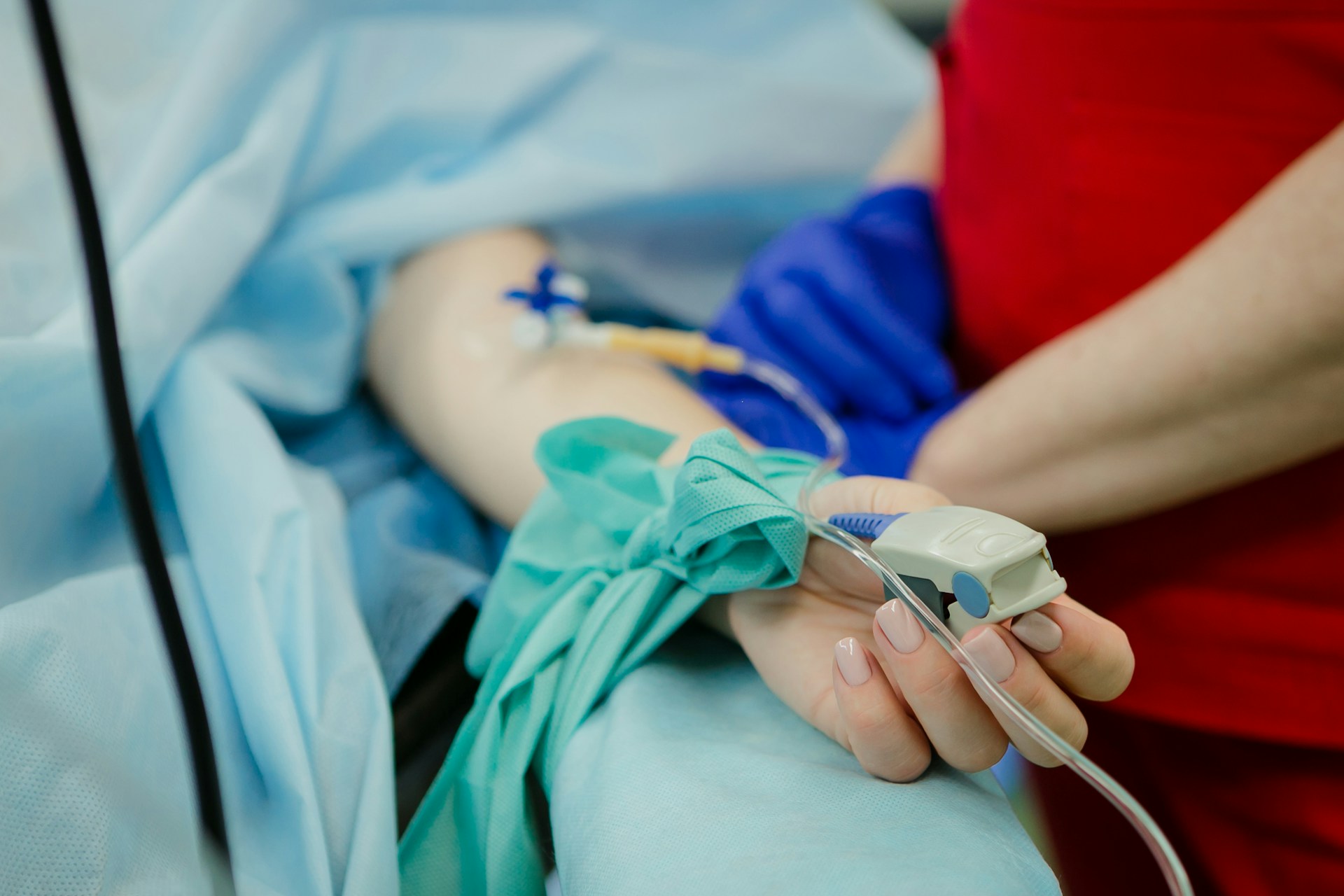Nutrition Education and Vitamin D Supplementation Improving Nutrition Intake, Body Composition, and Vitamin D Status of Soccer Athlete
Edukasi Gizi dan Suplemen Vitamin D untuk Perbaikan Asupan Zat Gizi, Komposisi Tubuh, dan Status Vitamin D Atlet Sepak Bola
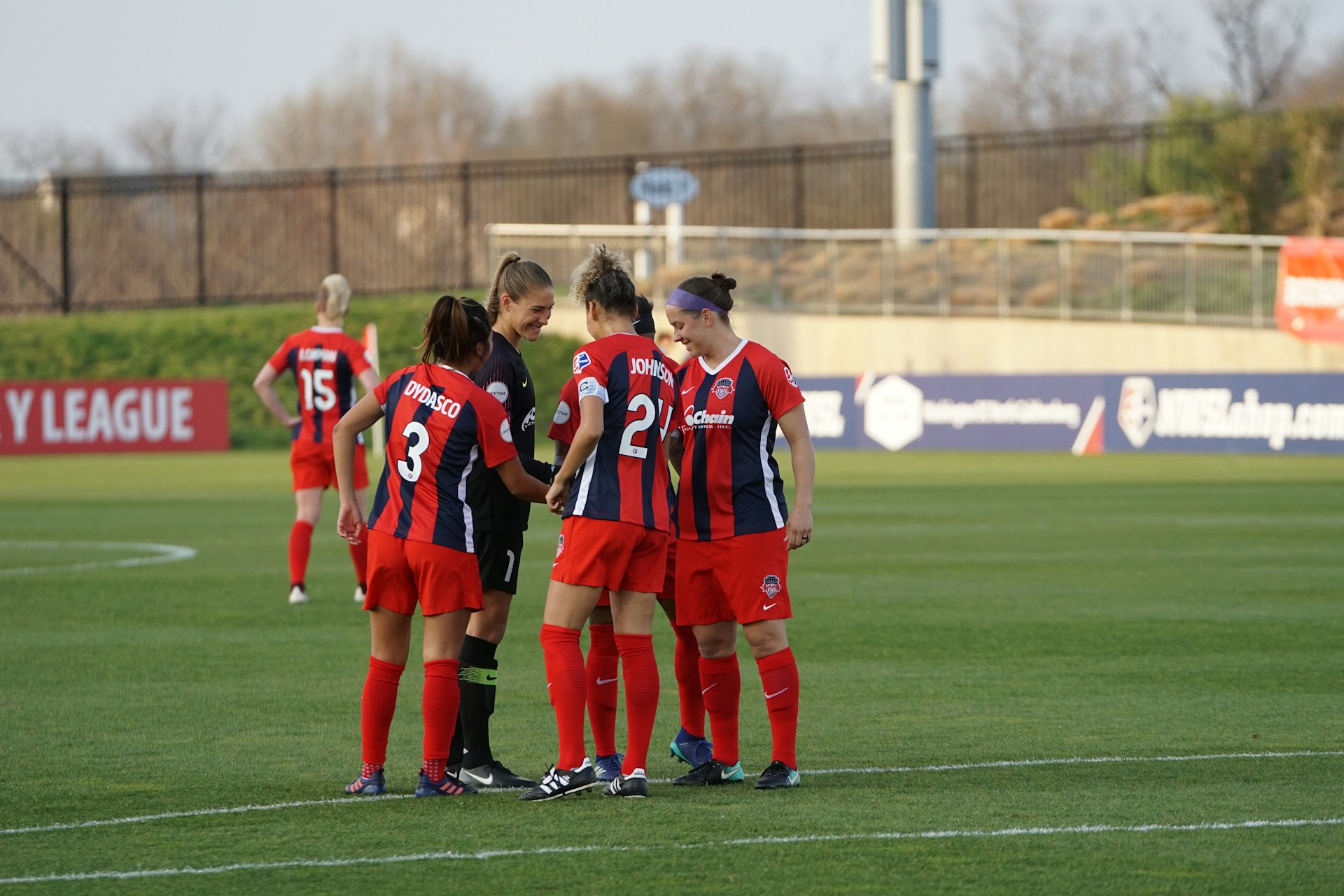
Downloads
Background: The success of soccer athletes is influenced by physical, mental, and genetic factors, with nutritional status significantly affects youth soccer performance in Indonesia by 69.8%. Body composition and somatotype are critical components of nutritional status. Biochemical indicators such as creatine kinase (CK) and vitamin D levels provide insights into the impact of training and diet on athletes.
Objectives: To determine the effect of nutritional interventions on improving the intake and body composition of athletes characterized by the value of creatinine kinase levels and vitamin D levels of athletes and an increase in VO2 Max values as performance indicators.
Methods: This experimental study used a pre-post control trial design involving 39 subjects who were divided into treatment (20 athletes) and control (19 athletes) groups for one month. The treatment group received nutrition education (classroom, individual, and nutrition assistance) and vitamin D supplementation of 800 IU per day, while the control group was only monitored. The exercise was adjusted to the coach's program.
Results: Energy, protein, and carbohydrate intakes were deficient among athletes, although fat intake was adequate. CK levels were within normal limits. All athletes in the control group exhibited vitamin D deficiency, compared to 90% in the intervention group, despite supplementation showing modest improvement.
Conclusions: Vitamin D supplementation has a significant effect on increasing blood vitamin D levels. This study reinforces the importance of education and supplementation-based nutrition interventions to improve the nutritional status and performance of soccer athletes.
Holick, M. F. The Vitamin D Deficiency Pandemic: Approaches for Diagnosis, Treatment and Prevention. Rev Endocr Metab Disord 18, 153–165 (2017). https://doi.org/10.1007/s11154-017-9424-1
Yagüe, M. de la P., Yurrita, L. C., Cabañas, M. J. C. & Cenzual, M. A. C. Role of Vitamin D in Athletes and Their Performance: Current Concepts and New Trends. Nutrients 2020, Vol. 12, Page 579 12, 579 (2020). https://doi.org/10.3390/nu12020579
Dönmez, G. et al. Vitamin D Status in Soccer Players with Skeletal Muscle Injury. Spor Hekimliği Dergisi 53, 094–100 (2018). DOI: 10.5152/TJSM.2018.096
Penggalih, M. H. S. T., Juffrie, M., Sudargo, T. & Sofro, Z. M. Correlation between nutritional status and lifestyle for youth soccer athlete performance: A cohort study. Pakistan Journal of Nutrition 16, 895–905 (2017). https://doi.org/10.3923/pjn.2017.895.905
Baltazar-Martins, G. et al. Prevalence and Patterns of Dietary supplement Use in Elite Spanish Athletes. J Int Soc Sports Nutr 16, (2019). https://doi.org/10.1186/s12970-019-0296-5
Wyon, M. A., Koutedakis, Y., Wolman, R., Nevill, A. M. & Allen, N. The Influence of Winter Vitamin D Supplementation on Muscle Function and Injury Occurrence in Elite Ballet Dancers: A controlled Study. J Sci Med Sport 17, 8–12 (2014). https://doi.org/10.1016/j.jsams.2013.03.007
Chul Jung, H., Seo, M.-W., Lee, S., Woo Kim, S. & Kook Song, J. Vitamin D 3 Supplementation Reduces the Symptoms of Upper Respiratory Tract Infection during Winter Training in Vitamin D-Insufficient Taekwondo Athletes: A Randomized Controlled Trial. doi:10.3390/ijerph15092003. https://doi.org/10.3390/ijerph15092003
Alimoradi, K. et al. Efficacy of Vitamin D Supplementation in Physical Performance of Iranian Elite Athletes. Int J Prev Med 10, (2019). https://doi.org/10.4103/ijpvm.ijpvm_227_18
Beaudart, C. et al. The Effects of Vitamin D on Skeletal Muscle Strength, Muscle Mass, and Muscle Power: A Systematic Review and Meta-Analysis of Randomized Controlled Trials. J Clin Endocrinol Metab 99, 4336–4345 (2014). 10.1210/jc.2014-1742. https://doi.org/10.1210/jc.2014-1742
Pearson, J. et al. Effect of Competition Frequency on Strength Performance of Powerlifting Athletes. J Strength Cond Res 34, 1213–1219 (2020). https://doi.org/10.1519/jsc.0000000000003563
Yagüe, M. de la P., Yurrita, L. C., Cabañas, M. J. C. & Cenzual, M. A. C. Role of Vitamin D in Athletes and Their Performance: Current Concepts and New Trends. Nutrients 2020, Vol. 12, Page 579 12, 579 (2020). https://doi.org/10.3390/nu12020579
Close, G. L. et al. The effects of vitamin D3 supplementation on serum total 25[OH]D concentration and physical performance: A randomised dose-response study. Br J Sports Med 47, 692–696 (2013). https://doi.org/10.1136/bjsports-2012-091735
Mujika, I., Halson, S., Burke, L. M., Balagué, G. & Farrow, D. An Integrated, Multifactorial Approach to Periodization for Optimal Performance in Individual and Team Sports. Int J Sports Physiol Perform 13, 538–561 (2018). https://doi.org/10.1123/ijspp.2018-0093
Costigan, S. A., Eather, N., Plotnikoff, R. C., Taaffe, D. R. & Lubans, D. R. High-intensity interval training for improving health-related fitness in adolescents: A systematic review and meta-analysis. British Journal of Sports Medicine vol. 49 1253–1261 Preprint at https://doi.org/10.1136/bjsports-2014-094490 (2015). https://doi.org/10.1136/bjsports-2014-094490
Maciejczyk, M., Wiecek, M., Szymura, J., Szygula, Z. & Cempla, J. Physiological response during running in athletes with similar body mass but different body composition. Sci Sports 30, 204–212 (2015). https://doi.org/10.1016/j.scispo.2015.02.005
Harju, T., Gray, B., Mavroedi, A., Farooq, A. & Reilly, J. J. Prevalence and novel risk factors for vitamin D insufficiency in elite athletes: systematic review and meta-analysis. Eur J Nutr 61, 3857–3871 (2022). https://doi.org/10.1007/s00394-022-02967-z
Dahlquist, D. T., Dieter, B. P. & Koehle, M. S. Plausible ergogenic effects of vitamin D on athletic performance and recovery. J Int Soc Sports Nutr 12, 1–12 (2015. https://doi.org/10.1186/s12970-015-0093-8
Dahlquist, D. T., Dieter, B. P. & Koehle, M. S. Plausible ergogenic effects of vitamin D on athletic performance and recovery. J Int Soc Sports Nutr 12, 1–12 (2015). https://doi.org/10.1186/s12970-015-0093-8
Grant, W. B., Lahore, H. & Rockwell, M. S. The Benefits of Vitamin D Supplementation for Athletes: Better Performance and Reduced Risk of COVID-19. Nutrients 2020, Vol. 12, Page 3741 12, 3741 (2020). https://doi.org/10.3390/nu12123741
Yoon, S., Kwon, O. & Kim, J. Vitamin D in athletes: focus on physical performance and musculoskeletal injuries. Phys Act Nutr 25, 20–25 (2021). https://doi.org/10.20463/pan.2021.0011
Ksiażek, A., Zagrodna, A. & Słowińska-Lisowska, M. Vitamin D, Skeletal Muscle Function and Athletic Performance in Athletes—A Narrative Review. Nutrients 2019, Vol. 11, Page 1800 11, 1800 (2019). https://doi.org/10.3390/nu11081800
Mougios, V. Reference intervals for serum creatine kinase in athletes. Br J Sports Med 41, 674–678 (2007). https://doi.org/10.1136/bjsm.2006.034041
Chen, Z. et al. Associations of Serum CXCL12α and CK Levels with Skeletal Muscle Mass in Older Adults. J Clin Med 12, 3800 (2023). https://doi.org/10.3390/jcm12113800
Copyright (c) 2025 Amerta Nutrition

This work is licensed under a Creative Commons Attribution-ShareAlike 4.0 International License.
AMERTA NUTR by Unair is licensed under a Creative Commons Attribution-ShareAlike 4.0 International License.
1. The journal allows the author to hold the copyright of the article without restrictions.
2. The journal allows the author(s) to retain publishing rights without restrictions
3. The legal formal aspect of journal publication accessibility refers to Creative Commons Attribution Share-Alike (CC BY-SA).
4. The Creative Commons Attribution Share-Alike (CC BY-SA) license allows re-distribution and re-use of a licensed work on the conditions that the creator is appropriately credited and that any derivative work is made available under "the same, similar or a compatible license”. Other than the conditions mentioned above, the editorial board is not responsible for copyright violation.








